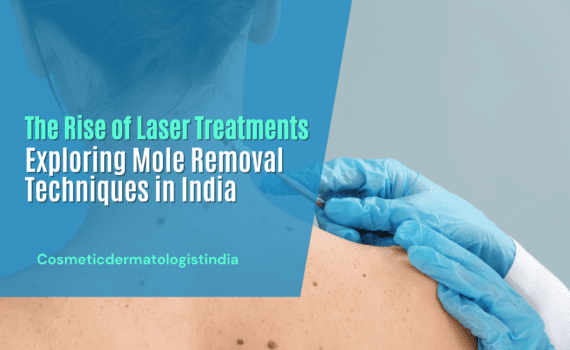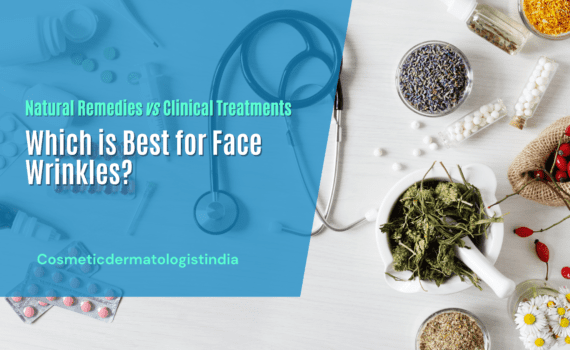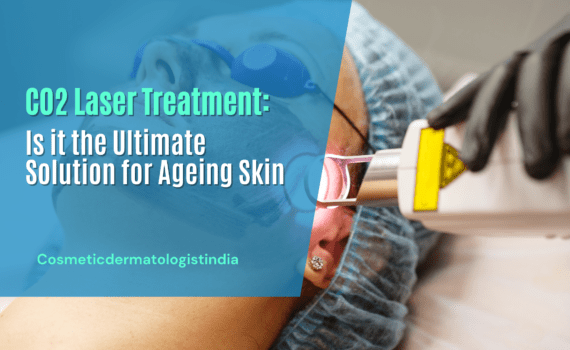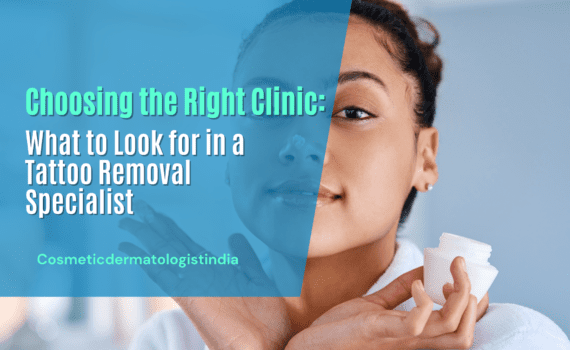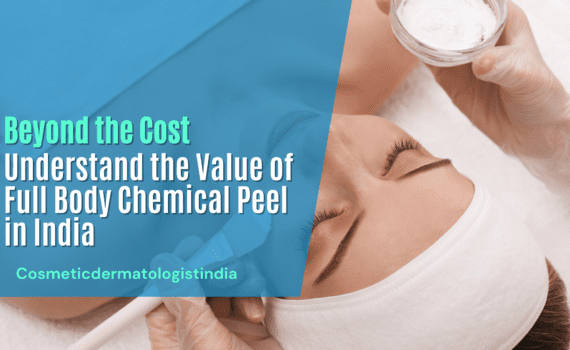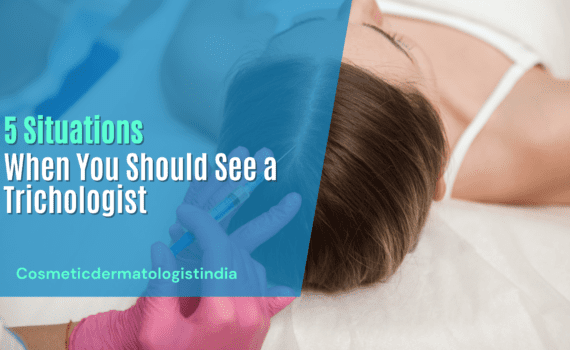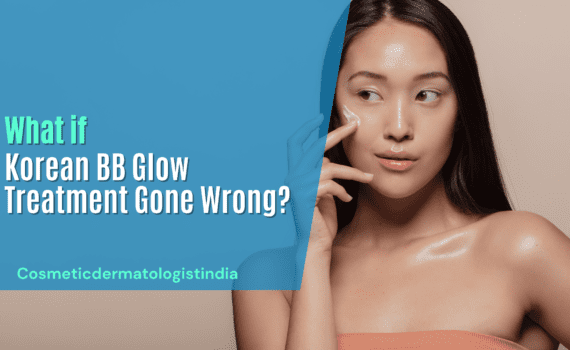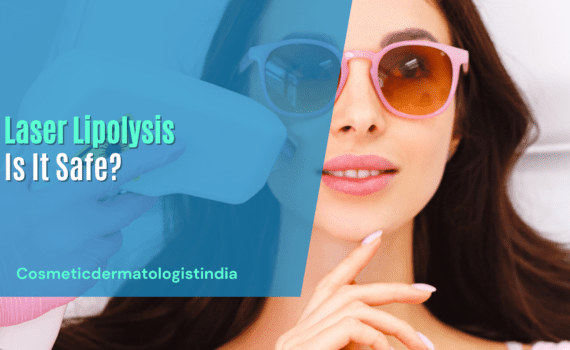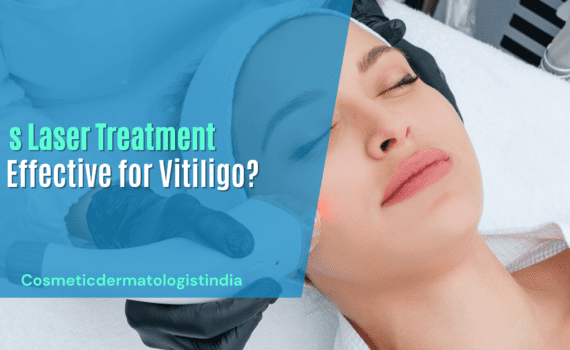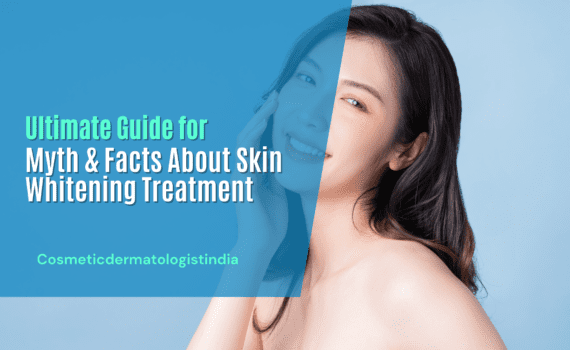
Ultimate Guide for Myth & Facts About Skin Whitening Treatment in Mumbai
Ultimate Guide for Myth & Facts About Skin Whitening Treatment
Looking beautiful, younger and fit is some thing that every man and woman wants. But the skin is not the same for everyone and not every one is born with the same skin type. Some people have dark skin, some tan easily, while some never so much as get a pimple. We live in a conservative society for long and most people are often obsessed with fairer skin colours and this thinking reflects in their choices for hiring someone for a job or choosing a partner. Such traditions have prompted a rise in the demand of skin whitening treatments for oneself and their children.
We all have heard stories about our Asian ancestors using some traditional methods such as using turmeric, saffron, milk, gram flour, lime, tomato etc to lighten down the skin. these are good for skin but they often don’t give the results that modern people need. An in-today’s world, people don’t have the time for making face packs and don’t have the patience to wait for the results. Skin whitening treatments are sophisticated non-surgical treatments that reduce the melanin pigment and result in whiter skin.
How does the skin get its colour
The skin contains a pigment call melanin which determines the colour of the skin. The amount of melanin present and its concentration under the skin is determined by your gens and the environment that you live in. More the exposure to the sun, the more is the presence of melanin and hence the skin appears darker. This happens to protect the skin against the damages of sun especially skin cancer.
Why skin lightening treatment
Skin lighting treatments affect the excess pigmentation in the skin and reduce the concentration of melanin. The most popular skin lightening treatments include
Topical Skin Whitening Products:
- Skin Lightening Creams: These creams often contain ingredients like kojic acid, glycolic acid, vitamin C, niacinamide, and liquorice extract to reduce pigmentation, even out skin tone, and promote a brighter complexion. Over-the-counter and prescription-strength options are available.
- Hydroquinone Creams: Hydroquinone is a potent skin-lightening agent available in prescription and over-the-counter formulations. It’s essential to use hydroquinone under medical supervision as it can have side effects.
Chemical Peels:
- Dermatologists often perform chemical peels using solutions containing glycolic acid, salicylic acid, or other chemical agents. These peels help exfoliate the top layers of skin, reducing pigmentation and improving skin texture.
Microdermabrasion:
- Microdermabrasion is a non-invasive procedure that uses a machine to exfoliate the outer layer of skin, helping to reduce dark spots, fine lines, and uneven skin tone.
Laser Skin Whitening:
- Fractional Laser Resurfacing: Fractional CO2 cost in India or fractional erbium laser treatments can target specific areas of pigmentation and stimulate collagen production. They are often used to treat more severe pigmentation issues and can require downtime for recovery.
- Q-Switched Nd: YAG Laser: This laser is often used to target and lighten specific pigmented areas, such as dark spots and melasma.
Intense Pulsed Light (IPL) Therapy:
- IPL therapy uses intense pulses of light to target pigmented areas, such as sunspots or freckles. It can be effective for improving overall skin tone and reducing pigmentation.
Chemical Skin Whitening:
- Intravenous (IV) Glutathione: Some clinics offer IV glutathione treatments, claiming they can lighten skin. However, the safety and efficacy of these treatments are a subject of debate in the medical community.
Home Remedies and Natural Treatments:
- Some individuals may opt for home remedies using natural ingredients like turmeric, lemon juice, or aloe vera for skin lightening. While these remedies may offer mild benefits, they should be used with caution as they can sometimes irritate the skin.
Most people opt for one or the other skin lightening treatments because of their better precision, faster processing, long term results and no risk of skin damage. However, with so many options such as over the counter creams, lotions etc. calming instant fairer and whiter skin it is easy to be misled. These often contain steroids and bleaching agents which do more harm to skin than good. Skin whitening treatments have gained popularity in various parts of the world, often due to cultural preferences and perceptions of beauty there are many myths and facts related to skin whitening treatment in Mumbai that one should be ware of.
Myth: Skin whitening treatments are same as bleaching the skin
Fact: This is a big misconception that bleaching whitens the skin. Using a skin bleach only temporarily changes the colour of facial skin and hair but skin whitening treatment is more advanced and works in much deeper skin layers than just the surface. Skin whitening treatment in Mumbai is the process of repairing the skin tone and restore its original fair glow. Bleaching dries the skin whereas skin brightening treatments improve the skin and also protect it against the damage.
Myth: Skin Whitening Is the Same as Skin Lightening or Brightening.
Fact: These terms are often used interchangeably, but they can refer to slightly different goals. “Skin whitening” typically implies a more drastic change in skin colour, often to achieve a lighter or fairer complexion. “Skin lightening” or “skin brightening” treatments aim to improve the skin’s overall tone, reduce pigmentation issues like dark spots or uneven skin tone, and enhance radiance without necessarily making the skin significantly lighter.
Myth All Skin Whitening Treatments can be Harmful.
Fact: Not all skin whitening treatments are inherently harmful. Many treatments suggested by expert skin whitening dermatologists use safe ingredients like alpha hydroxy acids (AHAs), vitamin C, and niacinamide to address pigmentation issues and improve overall skin health. However, some products contain potentially harmful ingredients like mercury or hydroquinone, which can lead to adverse health effects with long-term use. It’s essential to choose products with safe and approved ingredients and consult with a dermatologist before starting any skin whitening regimen.
Myth Skin Whitening Is Suitable for All Skin Types.
Fact: Skin whitening treatments may not be suitable for everyone, especially individuals with naturally darker skin tones. Some treatments can lead to complications like hyperpigmentation or uneven skin tone when used on darker skin. It’s crucial to consult with a dermatologist who can recommend safe and appropriate treatments based on your skin type and concerns.
Myth Skin Whitening Treatments Give instant result.
Fact: Skin whitening treatments usually require time and consistent use to show noticeable results and they too appear gradually. You may need several weeks or even months of treatment before you see significant improvements in skin tone and pigmentation issues. Quick and dramatic changes in skin colour can be risky and may lead to adverse effects.
Myth Natural Remedies Are Always Safe for Skin Whitening.
Fact: While some natural ingredients like liquorice root, kojic acid, and papaya extract, turmeric, milk can help with skin lightening, not all natural remedies are safe or effective. Lemon juice, for example, is often used as a natural skin lightener, but its high acidity can irritate the skin and lead to sun sensitivity. Natural remedies should also be used cautiously and with proper guidance.
Myth Skin Whitening Is Permanent.
Fact: Most skin whitening treatments, whether topical products or procedures, require ongoing maintenance to sustain the results. If you discontinue treatment or do not protect your skin from sun exposure, pigmentation issues may return.
It’s crucial to prioritize skin health over achieving a particular skin tone. Consulting with a dermatologist is essential to determine the safest and most effective approach for addressing any skin concerns or goals you may have, whether it involves lightening, brightening, or maintaining your skin’s natural beauty. Additionally, promoting overall skin health through proper cleansing, sun protection, and a balanced diet is essential for achieving and maintaining beautiful and radiant skin.
It’s important to note that any skin whitening treatment should be approached with caution, and you should consult with a skin whitening dermatologist or skincare professional before starting any treatment to ensure it’s suitable for your skin type and concerns.
Remember that achieving a lighter skin tone should not come at the expense of your skin’s health. Sun protection with sunscreen and protective clothing is crucial, as UV exposure can exacerbate pigmentation issues. It’s also essential to maintain realistic expectations and prioritize overall skin health over dramatic skin whitening.
Consulting with a qualified skin whitening dermatologist in India is the best approach to determine the most suitable and safe skin whitening treatment for your specific needs and skin type. Additionally, they can provide guidance on proper aftercare and long-term maintenance.
Skin whitening treatment cost
There are different options available for skin whitening treatment in Mumbai and each has a different price. The skin whitening treatment cost varies with the type of treatment, the number sessions needed and how your skin responds to the treatment.
Skin whitening treatment cost in Mumbai is also influenced with the experience of the cosmetic surgeon and the fees of the clinic. When factoring in the price of skin whitening treatments in Mumbai you must also consider the cost of number of sessions, post treatment care etc. as insurance does not cover the treatments.
